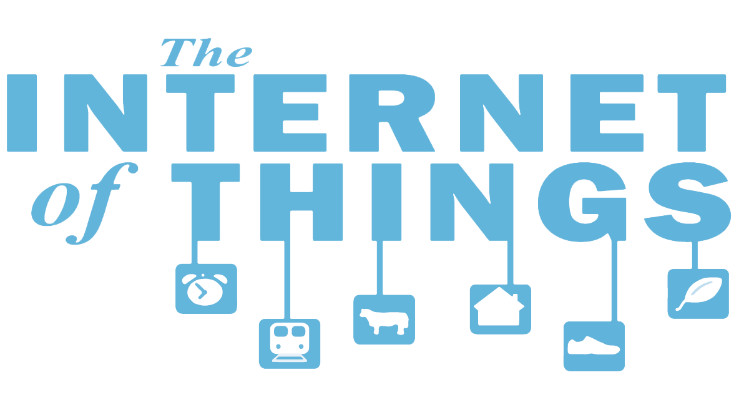
Internet of Things and Brands
The Internet of Things promises to change the way brands interact with their audiences and the level of engagement IoT provides leads to better machine to machine communication, marketing, connectivity, customer engagement and increased brand intimacy.
Brands can no longer expect to craft products, roll them out and wait for the money to roll in. IoT offers brands the opportunity to create a customer experience, and as more and more purchasing decisions are made with the use of a smartphone, the key to unlocking the full potential of IoT lies within a brand's ability to engage with the consumer on a personal level.
Humans are purchasing devices at a greater rate and these devices are usually interconnected. Since these devices are always connected, brands are given a wealth of opportunities to learn more about their customers' needs. Being able to provide the correct message, at the right moment, on the proper device, is very important.
With the IoT, brands are able to collect data at a greater rate than ever before. Thanks to the unprecedented level of connectivity, marketing can be tailored to the specific data that is gathered and analyzed. Brands no longer have to make educated guesses about the desires of the consumer, because they are able to access their buying habits across all of the different devices being used.
The devices themselves also provide brands with information about how they interact with the products on a day to day basis. The IoT offers a great deal of insight about the customer's buying journey, as well. The buying journey does not end as soon as the consumer purchases the product and with IoT, brands receive valuable insight into the stage of the journey that the customer is currently in.
The modern day customer is more savvy than ever and brands are no longer able to rely on old school marketing techniques. They do not want to be sold to, they want to feel as if they are entering into a long term partnership. IoT gives brands the chance to create ads that are truly contextual and engage in real time interactions with their client base.
Lastly, customer service is also bolstered by machine to machine communication. Customer engagement with a brand becomes much stronger when they are able to quickly resolve any issues that take place during the usage of their device. When a customer receives immediate satisfaction, this is also great for a brand's word of mouth.
As customers continue to seek deeper relationships with the brands that they spend their hard earned money on, the IoT will greatly affect brands and their marketing plans. Managing products was the old way, crafting long lasting experiences is the wave of the future.
This article originally appeared on the MCN blog.
Software Engineer
6ygr8 write up, thanx for sharing Jad ;)
Project Manager in Fintech & Digital Products | SaaS, Mobile, New Products, Startups
6yVery interesting. Thank you
I suspect brands haven't even scratched the surface of the possibilities of IOT – other than of course the ones in the IOT sector itself. Thanks Jad, interesting read.
Global Startups Advisor | Unlocking Value, Revenue & Predictable Growth | Business Design, Strategy & Innovation | Mentored 150+ Global Ventures
6yNice IoT article with a focus on brands. I liked the phrase "Being able to provide the correct message, at the right moment, on the proper device, is very important". That is the "context" behind a successful IoT (evernet) implementation. As you have mentioned implicitly, brands can engage with customers via IoT to increase sales and achieve a more mature sales life cycle. An example is Amazon's IoT Dash Button for Brands. The idea is that, for products such as TIDE dishwasher detergent, the Dash button could be mounted inside a kitchen cupboard or on the dishwasher itself. As a customer notices the depletion dishwasher detergent level, a press of the button is all that he needs to reorder new tablets. This applies to Gillette blades, chocolate boxes, Epson printer ink cartridges, etc. This removes friction from the buying process. No longer is there any need to turn on a computer. No need to pull an app-enabled smartphone from a pocket, even. A notification will be received on your smart phone with an order notification. For this, smartphone will stay and continue to be the heart of any IoT platform.